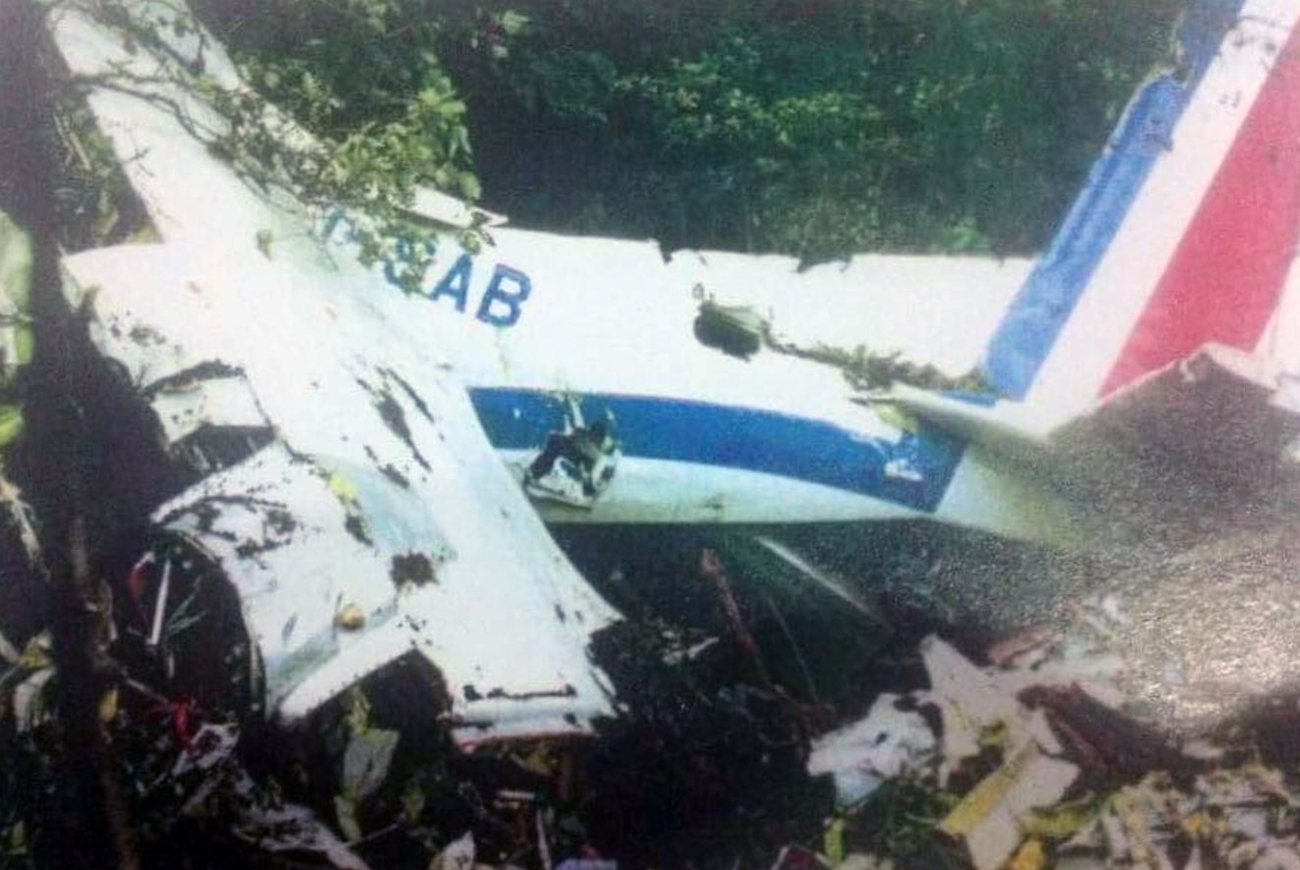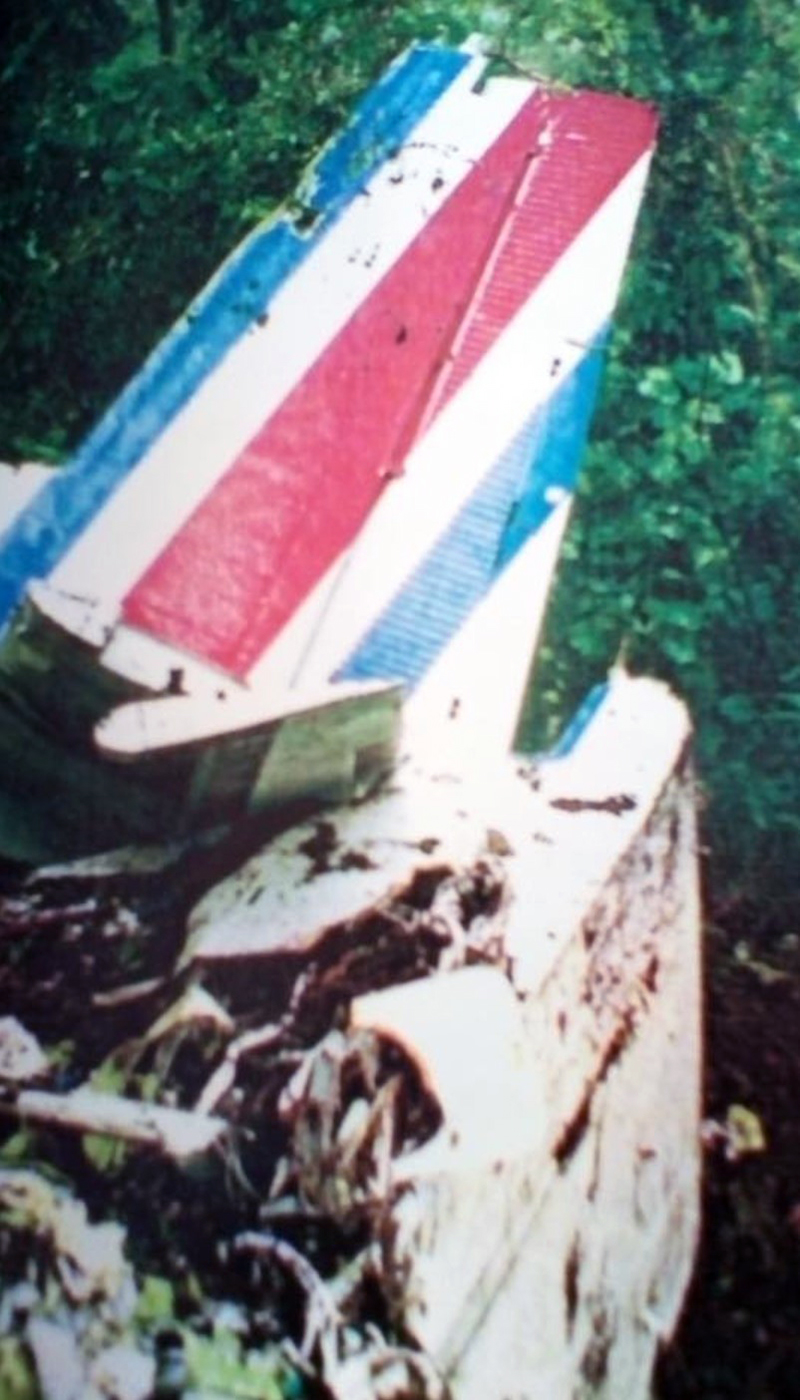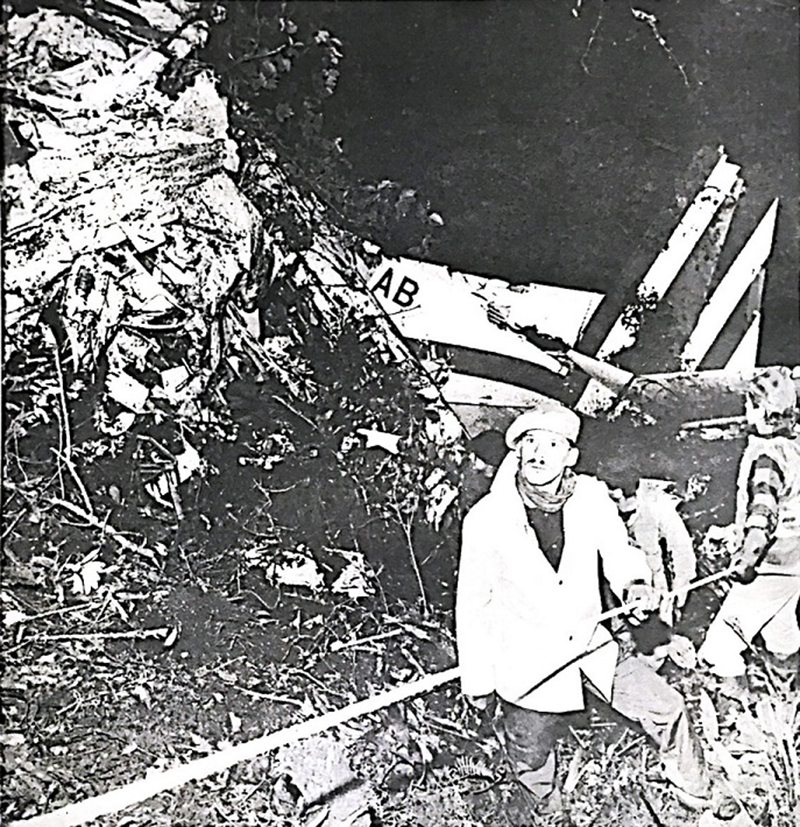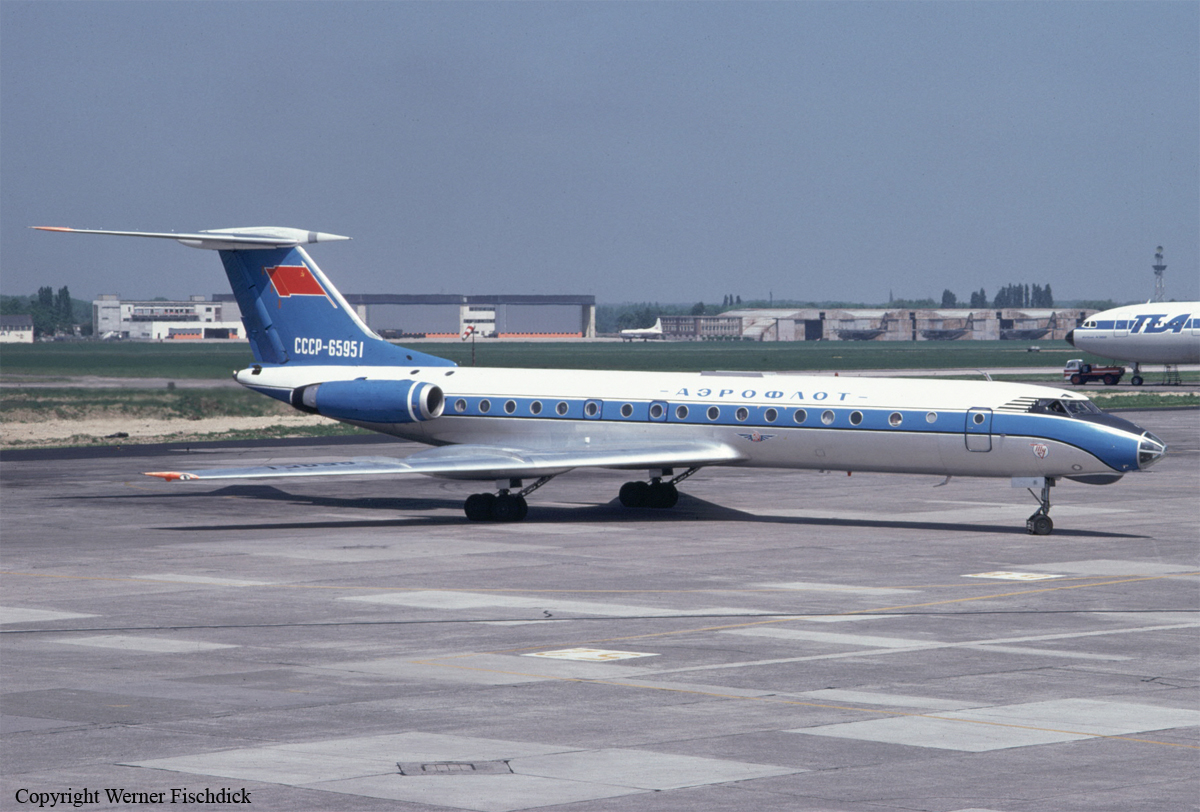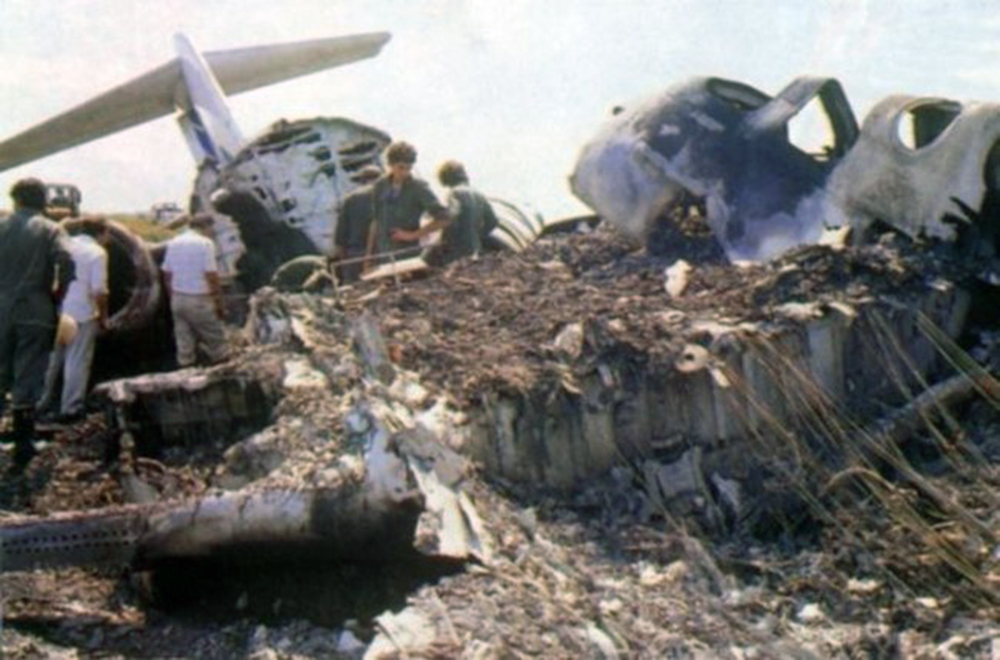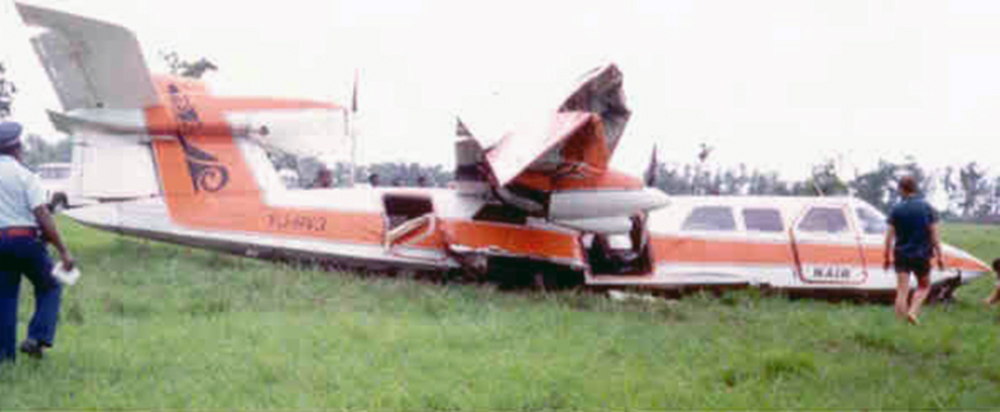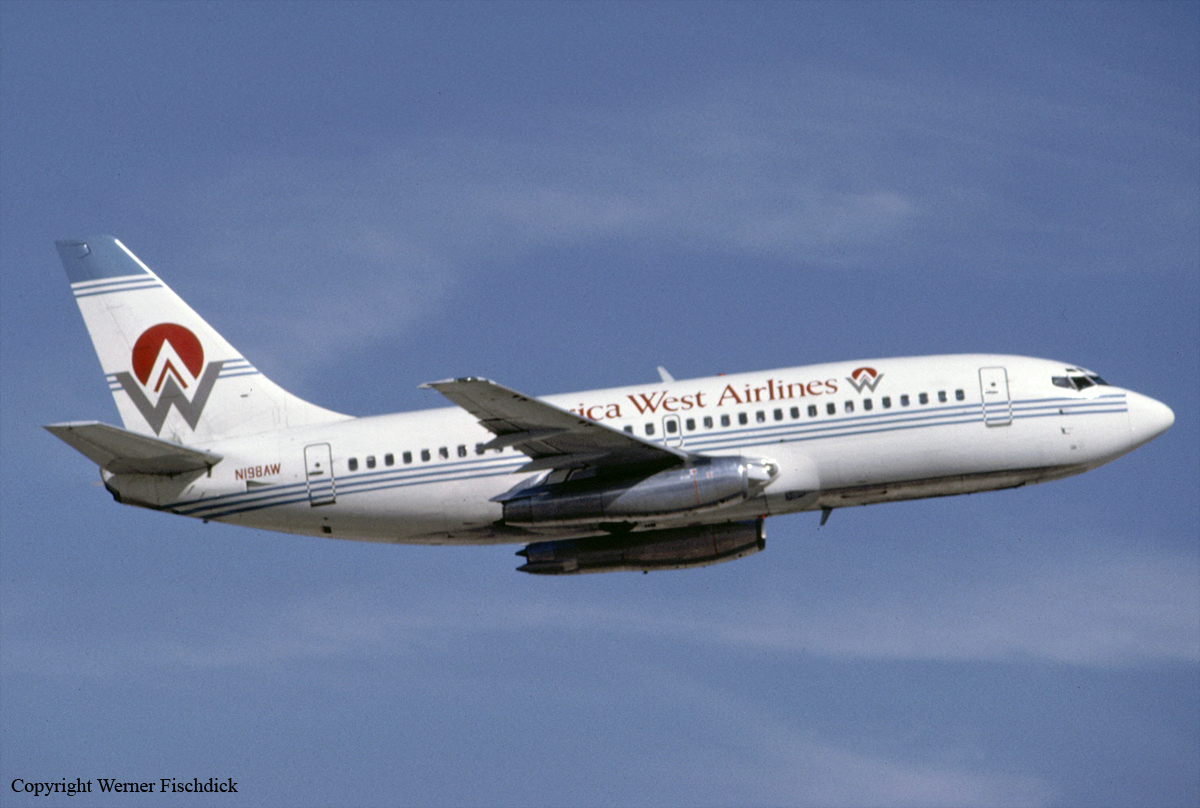Crash of a Casa 212 Aviocar 200 near San José: 23 killed
Date & Time:
Jan 15, 1990 at 0829 LT
Registration:
TI-SAB
Survivors:
No
Schedule:
San José - Palmar Norte - Golfito
MSN:
163
YOM:
1980
Flight number:
BB032
Crew on board:
3
Crew fatalities:
Pax on board:
20
Pax fatalities:
Other fatalities:
Total fatalities:
23
Captain / Total hours on type:
2253.00
Aircraft flight hours:
3589
Aircraft flight cycles:
7217
Circumstances:
The twin engine aircraft departed San José-Tobías Bolaños Airport in relative good weather conditions. While climbing to an altitude of 6,000 feet, the aircraft struck the slope of the White Peak (2,438 meters high) located about 20 km southeast of the airport. The wreckage was found about 600 meters from the summit and all 23 occupants were killed. At the time of the accident, the visibility was good but some atmospheric turbulences were reported in the vicinity of the mountains.
Probable cause:
Loss of control caused by atmospheric turbulences. At the time of the accident, the crew was tired which was considered as a contributing factor as well as the fact that the operator failed to issue a valid flight safety program.

